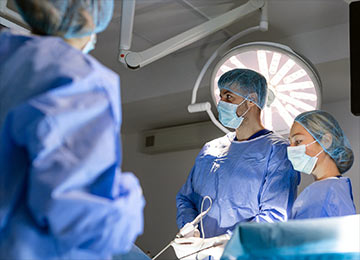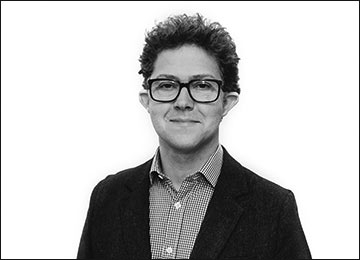
You may have heard ‘laparoscopic hernia surgery’ referred to as ‘keyhole’ hernia surgery, which involves using cameras to view the surgical area. This approach can only be done under general anaesthesia.
You may also have heard that the scars from a laparoscopic repair are much smaller than open surgery. It is true that the area of skin cut is smaller than in open surgery, but the area of tissue dissection is much larger when carrying out keyhole hernia surgery than in open surgery. The scar from laparoscopic surgery consists of 3 incisions – approximately 2.5cm and two 1cm. The one scar from open surgery is approximately 6-7 cm.
Body shape is an important factor in deciding the approach to use. Fatty tissue makes the surgery more difficult and increases the risks of laparoscopic hernia surgery.
As a rough rule of thumb, your BMI needs to be less than 28 for a laparoscopic repair.

Our Consultant Surgeon is highly experienced with both approaches to laparoscopic hernia repair. During your consultation he will discuss and guide you through deciding on a bespoke treatment plan.
While we often recommend our innovative Local Anaesthetic and Sedation approach, there are some cases when a laparoscopic approach is better for a particular patient or hernias.
Laparoscopic repairs may be preferable if you have bilateral hernias – two hernias that need repair at the same time, but this is only the case for certain patients. Many bilateral inguinal hernias are best treated using our staged open repair approach.
If you have previously had open hernia surgery, it is usually better to repair the recurrent hernia using a laparoscopic approach, and vice versa.
Changing the approach from a previous mesh repair can improve the chances of success.
Particularly large hernias may also need general anaesthesia using an open approach. Laparoscopic repair is not usually suitable for larger hernias.
While keyhole hernia repair might be suitable for your circumstance, it is important to understand that it can result in complications not seen with open surgery. For example, while rare, patients might experience bleeding, a bowel injury or a bladder injury and require a catheter for a limited period.
Our highly experienced Consultant Surgeon will help you understand these risks in more detail during your consultation.
Typically, recovery from laparoscopic hernia surgery is not quicker than after an open repair using local anaesthetic and sedation. Our friendly team is here to support you through your recovery. We provide invaluable advice with our Hernia Recovery Programme on how to improve your recovery.
It is important to be aware that:
See our Post-Surgery Advice page for more information.
Laparoscopic hernia surgery costs can vary depending on your particular hernia. We will work with you to come up with the best treatment plan, and all of our hernia surgery packages are all-inclusive and competitively priced.
Examples include:
Contact us for an estimate based on your situation